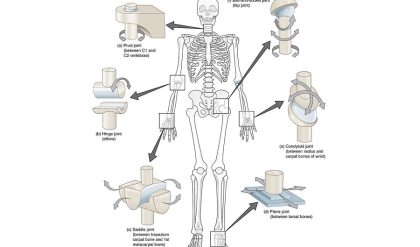Diabetes is a systemic disease that affects many different parts of the body, and therefore may requires several different practitioners to treat or manage. A podiatrist plays a crucial role and contributes to the management of foot health and prevention of amputations.
People with diabetes experience foot complications due to the damage that diabetes causes to the nerves in the feet, blood circulation, and infection. Due to these adverse effects having diabetes increases the risk of developing foot ulcers and amputations. This damage is more likely if:
· You have had diabetes for a long time
· Your blood glucose levels have been too high for an extended period of time
· You smoke, which reduces blood flow to the feet, slowing the healing rate of wounds
· You have a sedentary lifestyle
Foot care
People with diabetes should regularly have their feet checked by either a doctor or a podiatrist. This will allow to detect problems early on and prevent further complications.
Suggestions to help prevent problems include:
· Check your feet daily for signs of swelling, redness or heat
· Wash your feet daily and dry well
· Moisturise dry skin, especially cracked heels
Daily Foot Checks
As diabetes can cause further complications to foot health, it is essential that those with diabetes undergo foot checks daily. The following should be looked for, and if present on the feet- seek medical treatment straight away.
· Broken skin between toes
· Callus
· Corns
· Foot shape changes
· Cracked skin
· Ulcer
· Swelling
· Redness
· Blisters
· Ingrown nail
· Bruising or cuts
Circulation
Poor blood glucose control can reduce supply of blood to the feet. This makes people with diabetes more prone to infection after they sustain an injury that breaks the skin. Signs of poor blood supply to the feet include:
· Sharp leg cramps after walking short distances
· Pain in the feet, even at rest
· Feet feeling cold
· Feet looking reddish-blue colour
· Cuts which are slow to heal
Nerve Damage
Due to poor blood glucose control, people with diabetes can develop nerve damage to feet. Symptoms of nerve damage include:
· Numbness
· Cold legs
· Tingling, pins and needles sensation in the feet
· Burning pains in the legs and feet
These symptoms can lead to a loss of sensation to the feet, which increases the risk of damage to the feet, as the person can’t feel any pain. If this is not monitored people with diabetes may develop more severe complications such as chronic infection in the bones and joints of the feet.




Comments are closed.